The shift from IPv4 to IPv6 is a leap toward innovation and security for your business. That’s why we’ve gathered several interesting IPv6 case studies.
Imagine a world where your network is boundless, secure, and efficient. That’s the promise of IPv6. Yet, the path to adopting this new standard can seem like uncharted territory, accompanied by technical fears and strategic decisions.
You can look at this article as your compass. Through vivid case studies, I’ll unveil how leading organizations have charted their course to IPv6. The companies below have transformed challenges into opportunities and reaped substantial business benefits.
Ready to navigate the future of connectivity?
Let’s dive into the challenges and best practices that will ease your IPv6 journey.

Table of Contents
1. IPv4 to IPv6 Transition – Case Studies
a. T-Mobile

T-Mobile US faced a critical challenge as it neared the exhaustion of its IPv4 address space.
To address this issue and future-proof its network, T-Mobile started a strategic transition to IPv6, by employing the 464XLAT technology.
This case study showcases the strategic decisions, challenges, benefits, and best practices that marked T-Mobile’s experience towards an IPv6-only network.
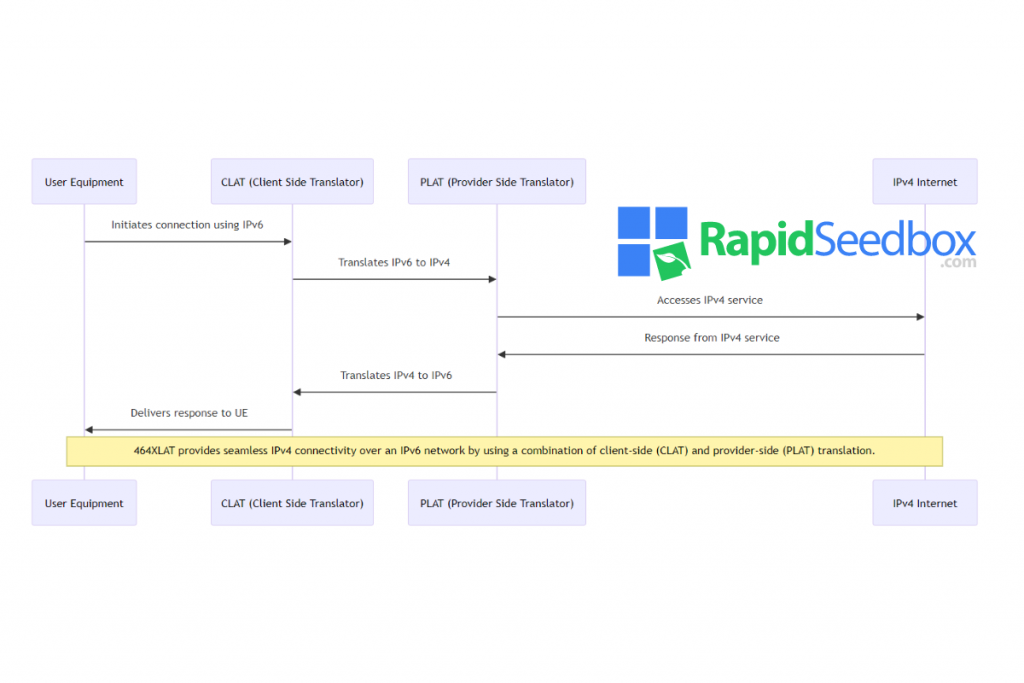
Challenges
- Technical limitations. The reliance on NAT64 and DNS64 technologies initially posed limitations. The main issue was that certain applications, including Skype and WhatsApp, could not operate effectively through NAT64 alone.
- Operational integration. Integrating 464XLAT within T-Mobile’s existing infrastructure required careful planning to guarantee seamless service continuity and user experience.
- Customer experience. The transition had to be transparent to users while maintaining the quality of service. These, plus supporting a wide range of devices presented significant challenges.
Benefits
- Expanded network capacity. The migration to IPv6, facilitated by 464XLAT, significantly expanded T-Mobile’s network address capacity. This eliminated the limitations imposed by IPv4’s limited address space.
- Enhanced service continuity. By adopting 464XLAT, T-Mobile was able to maintain the functionality of key applications for its users. This allowed for a seamless service experience during and after the transition.
- Future-readiness. The move to an IPv6-only network positioned T-Mobile at the forefront of network technology. This move allowed for implementing future digital innovations without the limitations of IPv4.
Best Practices
- Strategic use of transition technologies. T-Mobile’s adoption of 464XLAT, building on NAT64 and DNS64, shows a strategic approach to overcoming the technical challenges associated with IPv6 transitions.
- Proactive network management. The company’s proactive efforts in managing the transition, including extensive testing and device compatibility checks, ensured a smooth transition for all users.
- Customer-centric approach. T-Mobile prioritized the customer experience throughout the transition, guaranteeing that the shift to IPv6 was transparent to users and did not disrupt service quality.
T-Mobile US’s transition to an IPv6-only network using 464XLAT shows how one can address the imminent exhaustion of IPv4 addresses.
This case study not only highlights the technical and strategic aspects of T-Mobile’s transition but can also serve as a blueprint for other organizations facing similar challenges.
b. Sprint
Sprint (before it got acquired by T-Mobile), with its 55 million subscribers, faced a significant challenge as it approached the limits of IPv4 address sustainability within its wireless network.
Understanding the long-term unsustainability of IPv4 and the scalability challenges of private IPv4 addressing, Sprint started applying various IPv6 transition mechanisms over the last decade.
Challenges
- IPv4 address exhaustion. Sprint’s vast subscriber base and the growth in smartphone usage rendered its IPv4 address pool insufficient, necessitating a shift to IPv6.
- Transition complexity. Implementing a series of transition techniques, including public and private IPv4 with carrier-grade NAT (CGN), dual-stack IPv4/IPv6, and ultimately IPv6-only with NAT64, presented significant technical and operational challenges.
- Ensuring continuity and quality. Throughout the transition, Sprint’s goal was to maintain service continuity and quality for its customers. This was a complicated task given the varied and evolving nature of transition technologies.
Benefits
- Scalability and sustainability. Transitioning to IPv6 allowed Sprint to overcome the limitations of IPv4 address scarcity, guaranteeing the network’s scalability and long-term sustainability.
- Enhanced network efficiency: IPv6’s simplified packet processing and inherent security features improved network efficiency and security posture.
- Future-proofing the Network. By moving to an IPv6-only architecture, Sprint positioned itself to leverage future technological innovations without the constraints of IPv4.
Best practices
- Phased transition approach. Sprint’s methodical approach through different IPv6 transition mechanisms allowed for gradual adaptation and minimized disruptions.
- Strategic IPv6 address planning. Early and flexible IPv6 address planning ensured that the network could adapt and grow without the need for significant overhauls.
- Core-outward implementation. Starting the IPv6 implementation from the core network outward enabled a structured and efficient transition process.
- Leveraging Dual Stack for initial transition. Employing a dual-stack IPv4/IPv6 approach as an interim solution facilitated a smoother transition to IPv6, allowing time for the ecosystem to mature.
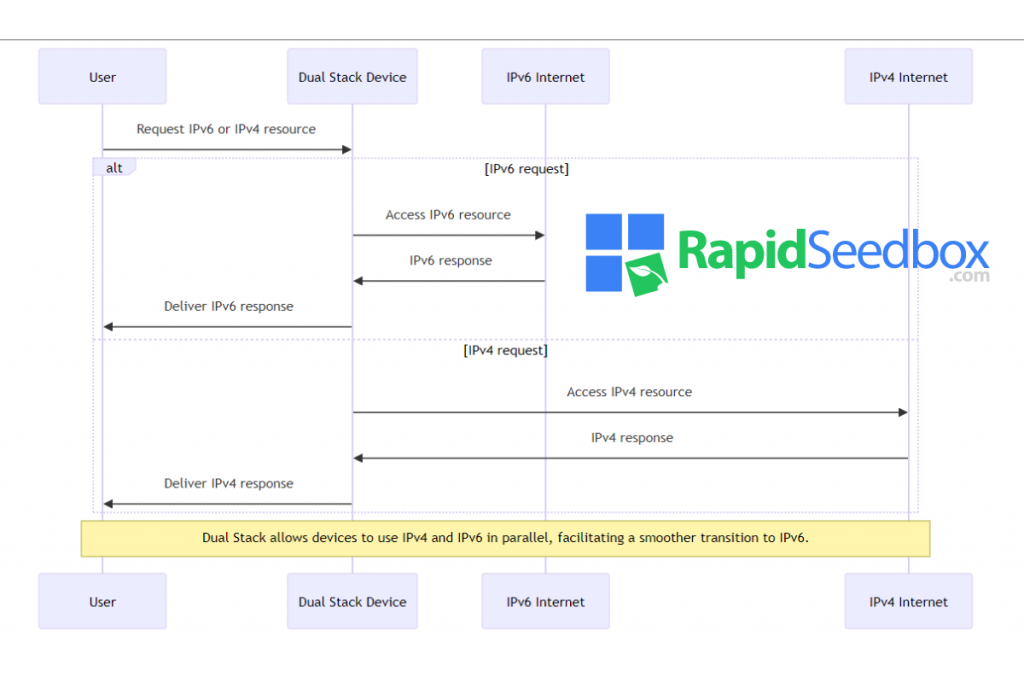
Sprint’s journey through IPv6 transition mechanisms highlights the importance of strategic planning, phased implementation, and adaptability in navigating the complex landscape of network evolution.
By implementing IPv6, Sprint not only addressed the immediate challenges of IPv4 address exhaustion but also laid a solid foundation for future growth and innovation.
c. Mythic Beasts

Mythic Beasts is a hosting provider, that started its IPv6 journey two decades ago. The end goal was to offer IPv6-only hosting services.
Initially catering to enthusiastic early adopters, IPv6-only hosting has since become the default for most of their hosting requirements.
This transition was facilitated by several key developments, including:
- The end of Windows XP (which lacked support for Server Name Indication, or SNI)
- The widespread adoption of secure services, and improvements to hosting services like SSH port forwarding.
This case study shows how Mythic Beasts overcame the challenges of IPv6-only hosting.
Challenges
- Compatibility with IPv4-Only clients. Ensuring that IPv6-only hosted servers could communicate with IPv4-only clients was a significant challenge, given the pervasive nature of IPv4 across the internet.
- Secure service proxying. The need to proxy encrypted connections for services like POP3 or IMAP, which do not inherently support proxying, required innovative solutions.
- Administrative Access. Providing SSH access to servers from potentially IPv4-only networks posed a unique set of challenges, as SSH does not support SNI or equivalent features.
Solutions
- Web traffic proxying. Mythic Beasts implemented a v4 to v6 proxy to handle web traffic. This allowed IPv4 and IPv6 clients to access IPv6-only servers. This proxy supports both unencrypted HTTP and HTTPS (via SNI), along with the PROXY protocol for forwarding the original client’s IP address.
- Secure IMAP and POP3 proxying. By using SNI, Mythic Beasts can proxy secure IMAP and POP3 connections. This enabled email services on IPv6-only servers to be accessible from IPv4 networks.
- SSH port forwarding. To address SSH access challenges, Mythic Beasts provides a port-forwarding solution from a host with an IPv4 address. This allowed administrative access to IPv6-only servers.
- SMTP handling. SMTP, used for both email submission and server-to-server delivery, requires a nuanced approach. Mythic Beasts supports secure SMTP submission through ports that can be proxied using SNI and employs dual-stack MX servers for server-to-server email delivery.
Benefits
- Expanded hosting capabilities. By successfully implementing IPv6-only hosting, Mythic Beasts has significantly expanded its hosting capabilities. This made it able to offer a broader range of applications and services.
- Better security and efficiency. The transition to IPv6-only hosting allowed the adoption of more secure and efficient network protocols, improving overall service quality.
- Future-proofing. Implementing IPv6-only hosting enables Mythic Beasts to accommodate the growing demand for IPv6 resources.
Mythic Beasts’ successful implementation of IPv6-only hosting demonstrates a forward-thinking approach to internet services. The company addressed the inevitable exhaustion of IPv4 addresses while enhancing service security and efficiency.
Through solutions like web traffic proxying, secure service proxying, and more, Mythic Beasts has made the transition to IPv6-only hosting. This was also practical for a wide range of hosting requirements.
Discover RapidSeedbox’s IPv4 and IPv6 rental services at RapidSeedbox.
Benefit from:
Unparalleled 24/7 customer support.
Direct IP ownership, no brokers.
Flexible deployment; RapidSeedbox servers or yours.
d. SolarNetOne
SolarNetOne is a small research and development organization.
It has been at the forefront of IPv6 implementation, showcasing the adaptability and resilience of the internet’s infrastructure.
With a focus on improving network equipment and power systems efficiency, SolarNetOne has extended its efforts to include off-grid network solutions in remote areas.
This case study shows SolarNetOne’s journey through the early adoption of IPv6. You’ll see the challenges it faced, and the innovative solutions implemented to make IPv6 a reality across its operations.
Challenges
- Early adoption barriers. Initially, SolarNetOne encountered technical obstacles such as buggy client daemons and kernel stack issues when rolling out IPv6. Such issues were common in the early periods of IPv6 adoption.
- Tunneling and address allocation. Transitioning from 6bone to real IPv6 addresses involved navigating through various tunneling phases. It also involved learning new protocols like BGP, which highlights the complications of adopting a new IP addressing scheme.
- Operational continuity during disasters. Ensuring network resilience, especially during natural disasters like hurricanes, posed significant challenges. The reliance on IPv4 tunnels and the lack of native IPv6 routing from upstream circuits required a robust solution to maintain operational continuity.
Solutions
- Comprehensive IPv6 enablement. SolarNetOne enabled IPv6 across all its services, including websites, name servers, and mail exchanges, ensuring dual-stack capability wherever possible.
- Educational and infrastructure development. Founder Scott Johnson’s involvement with the IETF and experimentation with IPv6 provided a foundation for implementing IPv6 within SolarNetOne’s network.
- Autonomous System and Direct Allocation. Transitioning to an Autonomous System with its own IPv4 and IPv6 assets allowed for more granular control. It also allowed automatic rerouting during connectivity issues, enhancing network resilience.
Benefits
- Enhanced network flexibility: IPv6 implementation has significantly increased the flexibility and scalability of SolarNetOne’s networks, enabling more efficient deployment of off-grid solutions.
- Cost-efficiency: With IPv6, SolarNetOne has seen a reduction in the costs associated with IP address allocation, especially compared to the rising costs of IPv4 addresses in the market.
- Improved disaster resilience: The move to an Autonomous System with direct IPv6 allocation has ensured that SolarNetOne’s network remains operational even during severe weather events, providing reliable connectivity to critical services.
SolarNetOne’s journey through the adoption of IPv6 is a testament to the adaptability of the internet’s infrastructure and the visionary approach of its founders.
By overcoming early technical challenges, navigating the complexities of IPv6 allocation and tunneling, and ensuring network resilience in the face of natural disasters, SolarNetOne has established a robust and flexible network infrastructure.
This case study shows the importance of starting small, learning the details of IPv6, and gradually expanding the deployment for a successful transition.
e. TELUS
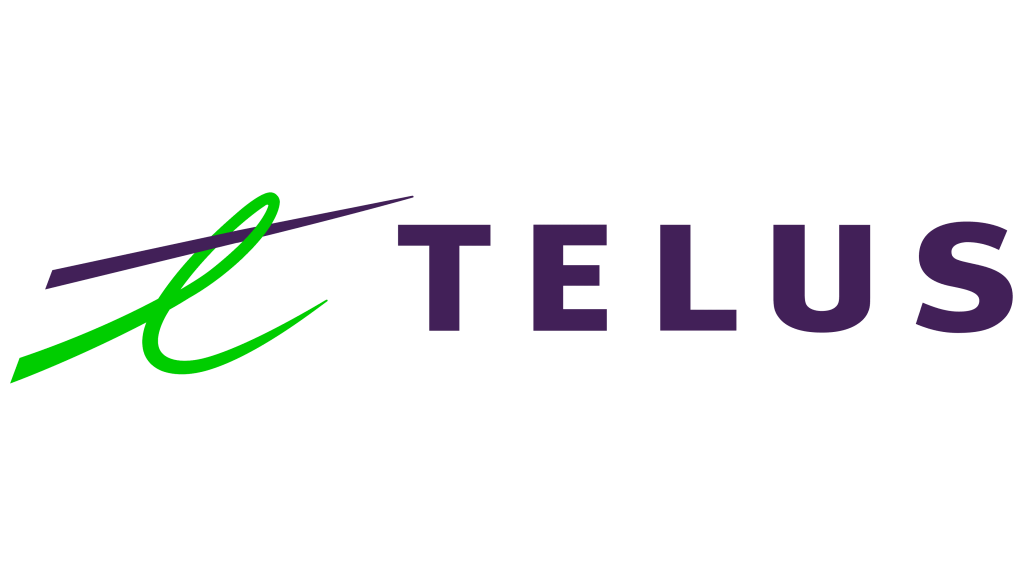
TELUS, one of Canada’s largest telecommunications companies, is the first service provider in Canada to deploy IPv6 across its network at scale.
With 1.9 million home Internet subscribers and 9.2 million wireless subscribers, the need for IPv6 was driven by the desire to future-proof the network and accommodate anticipated growth.
This case study outlines the practical steps TELUS took to accelerate IPv6 adoption, ensuring a seamless transition for its customers.
Challenges
- IPv4 depletion. The imminent depletion of IPv4 addresses posed a significant challenge, requiring a shift to IPv6 to support network growth and avoid market uncertainty.
- Network resiliency. Ensuring network resiliency in the face of IPv4-related issues, such as content host outages or BGP hijacking, was a critical concern.
- Performance optimization. The latency introduced by Network Address Translation (NAT) in IPv4 networks affected TCP throughput, prompting a move to IPv6 for performance gains.
Solutions
- Strategic planning and core network upgrades. TELUS began with upgrades to its core network, moving outward to include services and creating timelines based on IPv4 scarcity.
- IPv6 allocation and addressing strategy. A thoughtful approach to IPv6 allocation was adopted, selecting /56 prefixes for home Internet subscribers, /48 for business end sites, and /64 for mobile subscribers, optimized for geographical distribution.
- Peering and transit partnerships. TELUS ensured rich IPv6 interconnectivity by enabling IPv6 on all existing peering links and updating processes to advertise IPv6 routes effectively.
- Service design and deployment. The deployment strategy included a comprehensive service design for home Internet, business Internet, fixed services, and wireless services, incorporating IPv6 access.
Benefits
- Enhanced network resiliency and performance. The deployment of IPv6 introduced a layer of resiliency and performance improvements, reducing latency and increasing TCP throughput.
- Future-proofing the network. By adopting IPv6, TELUS has positioned itself to accommodate future growth without the constraints of IPv4 address scarcity.
- Positive customer impact. The transition to IPv6 was seamless for consumers, with positive feedback from customers who had been eagerly awaiting IPv6 deployment.
Practical lessons from TELUS’s transition
- IPv6 peering and transit. Ensure all peering links are IPv6-enabled and advertise IPv6 routes to facilitate global traffic exchange.
- Enable IPv6 in the core network: Start with the core network and extend IPv6 deployment outward, considering 6PE for MPLS networks.
- Service design considerations. Factor in network standards, customer premise equipment (CPE), operational support systems (OSS), and business support systems (BSS) in the IPv6 service design.
- Start small and scale up. Begin deployment with internal trials and friendly customer trials to identify and resolve issues early, then gradually scale up the deployment.
TELUS’s strategic approach to IPv6 deployment highlights the importance of careful planning, network readiness, and customer engagement.
By taking practical steps to address the challenges of IPv6 adoption, TELUS has successfully future-proofed its network, enhancing resiliency and performance for its customers.
This case study can be used as a blueprint for other service providers and organizations looking to accelerate their own IPv6 adoption.
f. Clearcable

Clearcable is a network service and technical management firm, that has been at the forefront of IPv6 adoption since the early 2000s.
It was initially focused on testing, experimentation, and lab use, but eventually Clearcable in 2008, the company started to educate its service provider clients on the importance of implementing IPv6.
This case study takes a look at Clearcable’s journey toward IPv6 adoption, its challenges, and the strategic approach taken to design a standardized and sensible IPv6 addressing plan for service providers.
Challenges
- Early adoption uncertainty: Convincing service provider clients of the necessity to adopt IPv6 proved challenging, with initial efforts making limited headway.
- Technical and operational barriers: Early stages involved firmware upgrades and reliance on BGP transit peers or tunnels with Hurricane Electric, reflecting the technical complexities of transitioning to IPv6.
- Addressing plan design: Developing a standardized IPv6 addressing plan that could automate address administration and minimize future renumbering required careful consideration and strategic planning.
Solutions
- Client ISP registration and core network configuration: Clearcable guided each client ISP to register their own /32 direct allocation from ARIN and configured IPv6 in their core networks.
- SOE4 private cloud platform: Launched in 2010, this platform was designed from the outset to support IPv6, utilizing HE tunnels for IPv6 access and transitioning to native IPv6 as service providers obtained it.
- Standardized IPv6 addressing plan: Clearcable developed a comprehensive addressing plan with two tracks: one for service providers and another for content providers/enterprises. The plan emphasized simplicity, sensible structure, and minimal future renumbering.
Key Concepts
- Simple and sensible design: Maintaining nibble boundaries whenever possible and provisioning new addresses based on existing system properties.
- Standard access technology map: For small to mid-tier service providers, including a /34 reserved for DOCSIS with allocations for regions, PoP sites, and individual CMTS.
- Standardized End User Assignments: Assigning /56 for residential/SMB, /48 for content provider/enterprise, and /64 for service provider infrastructure.
Benefits
- Automated address administration: The addressing plan provided a framework that helped automate the administration of IPv6 addresses, reducing manual effort and the potential for error.
- Minimized future renumbering: By designing the plan with future growth and changes in mind, Clearcable minimized the need for renumbering, saving time and resources.
- Enhanced IPv6 deployment: The standardized plan facilitated a smoother transition to IPv6 for Clearcable’s service provider clients, contributing to broader IPv6 adoption.
Clearcable’s proactive approach to IPv6 adoption and its development of a standardized IPv6 addressing plan has played a pivotal role in advancing IPv6 deployment among service providers.
By addressing early hesitancy, overcoming technical challenges, and implementing a strategic addressing plan, Clearcable has not only future-proofed its clients’ networks but also contributed to the global push toward IPv6 adoption.
Discover RapidSeedbox’s IPv4 and IPv6 rental services at RapidSeedbox.
Benefit from:
Unparalleled 24/7 customer support.
Direct IP ownership, no brokers.
Flexible deployment; RapidSeedbox servers or yours.
2. IPv6 Case Studies – Final words
Transitioning to IPv6 is crucial for businesses to guarantee their networks are future-proof, secure, and scalable.
The case studies from T-Mobile US, Sprint, Mythic Beasts, TELUS, and Clearcable show key strategies for successful IPv6 adoption, stressing strategic planning, education, and technical innovation.
These examples offer practical insights into overcoming common barriers, showcasing the benefits of phased deployment and standardized addressing plans.
For businesses and tech leaders, IPv6 adoption is not just a necessity but a strategic asset. By learning from these pioneers, companies can navigate the IPv6 transition effectively, ensuring their networks are equipped for the digital future.

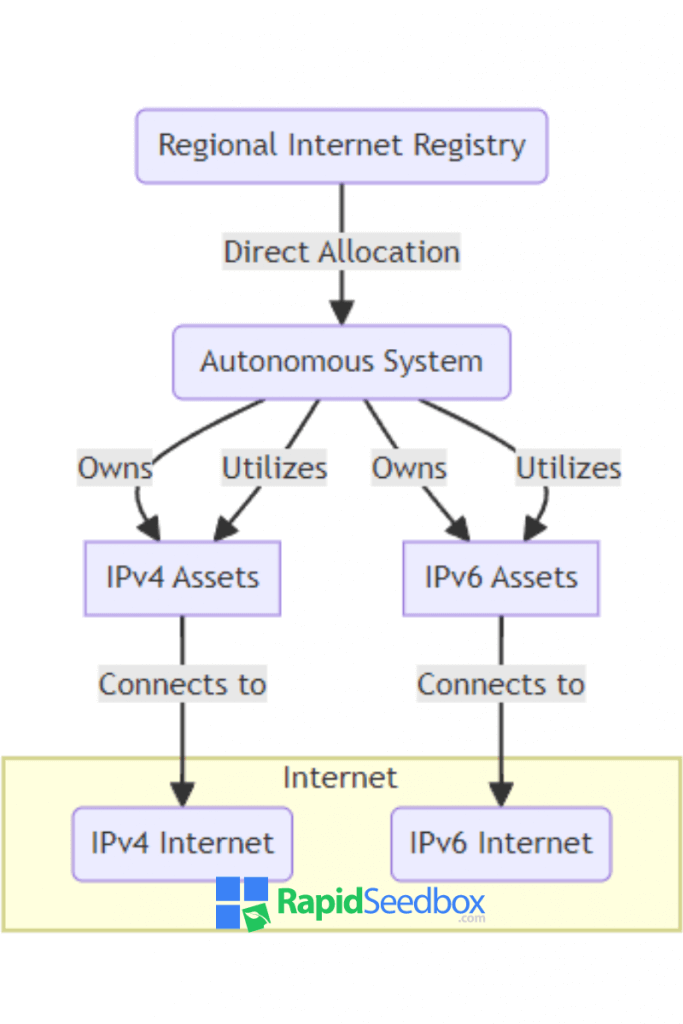
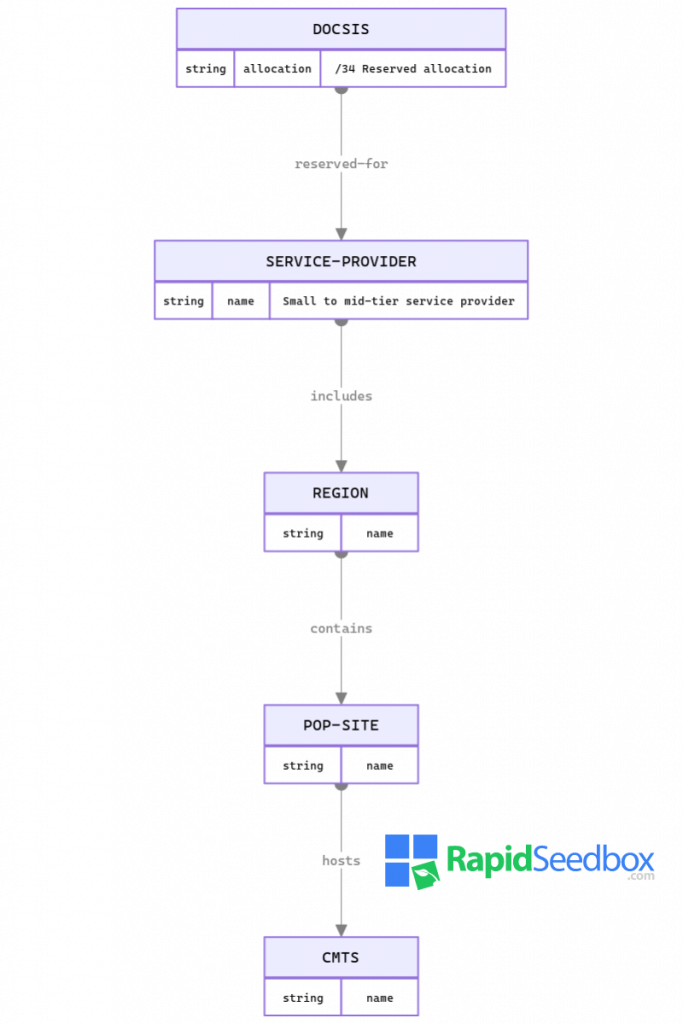
0Comments